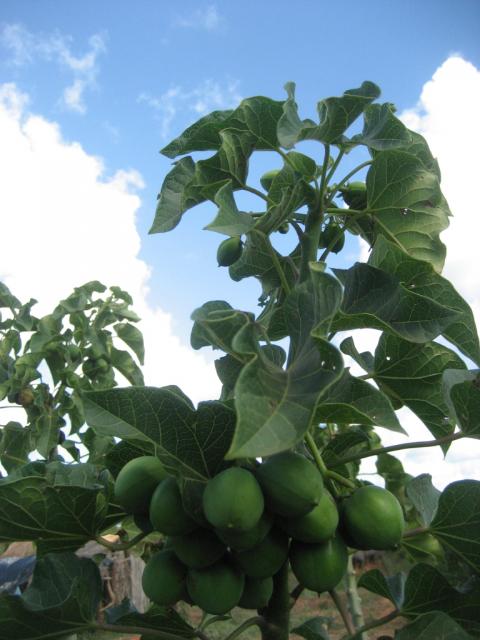Constantly the biodiesel market is searching for some option to produce renewable energy. Biodiesel prepared from canola, sunflower and jatropha can replace or be integrated with standard diesel. During very first half of 2000's jatropha biofuel made the headings as a popular and promising alternative. It is prepared from jatropha curcas, a plant types belonging to Central America that can be grown on wasteland.
Jatropha Curcas is a non edible plant that grows in the dry areas. The plant grows really quickly and it can yield seeds for about 50 years. The oil received from its seeds can be utilized as a biofuel. This can be blended with petroleum diesel. Previously it has actually been utilized two times with algae combination to sustain test flight of airlines.
Another favorable approach of jatorpha seeds is that they have 37% oil content and they can be burned as a fuel without improving them. It is also utilized for medical purpose. Supporters of jatropha biodiesel state that the flames of jatropha oil are smoke totally free and they are successfully evaluated for basic diesel engines.

Jatropha biodiesel as Renewable resource Investment has actually brought in the interest of many companies, which have evaluated it for automotive usage. Jatropha biodiesel has been roadway checked by Mercedes and 3 of the cars and trucks have covered 18,600 miles by using the jatropha plant biodiesel.

Since it is since of some downsides, the jatropha biodiesel have actually ruled out as a wonderful renewable resource. The most significant problem is that nobody understands that just what the performance rate of the plant is. Secondly they don't understand how large scale cultivation might impact the soil quality and the environment as a whole. The jatropha plant requires 5 times more water per energy than corn and sugarcane. This raises another concern. On the other hand it is to be kept in mind that jatropha can grow on tropical climates with annual rainfall of about 1000 to 1500 mm. A thing to be kept in mind is that jatropha needs correct watering in the first year of its plantation which lasts for decades.

Recent survey states that it is true that jatropha can grow on degraded land with little water and poor nutrition. But there is no evidence for the yield to be high. This might be proportional to the quality of the soil. In such a case it might require high quality of land and might need the very same quagmire that is dealt with by a lot of biofuel types.
jatropha curcas has one main drawback. The seeds and leaves of jatropha are poisonous to humans and livestock. This made the Australian government to prohibit the plant in 2006. The federal government stated the plant as intrusive species, and too dangerous for western Australian agriculture and the environment here (DAFWQ 2006).
While jatropha has stimulating budding, there are number of research obstacles remain. The importance of cleansing needs to be studied because of the toxicity of the plant. Along side a methodical research study of the oil yield need to be undertaken, this is extremely important due to the fact that of high yield of jatropha would most likely required before jatropha can be contributed considerably to the world. Lastly it is likewise very essential to study about the jatropha types that can survive in more temperature level climate, as jatropha is quite restricted in the tropical climates.






